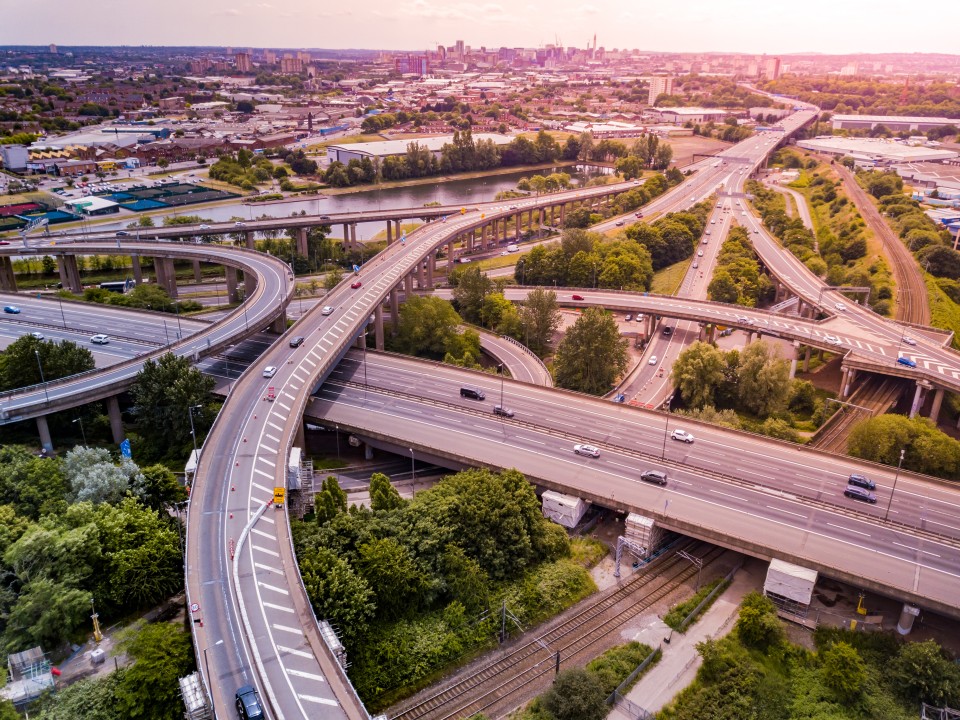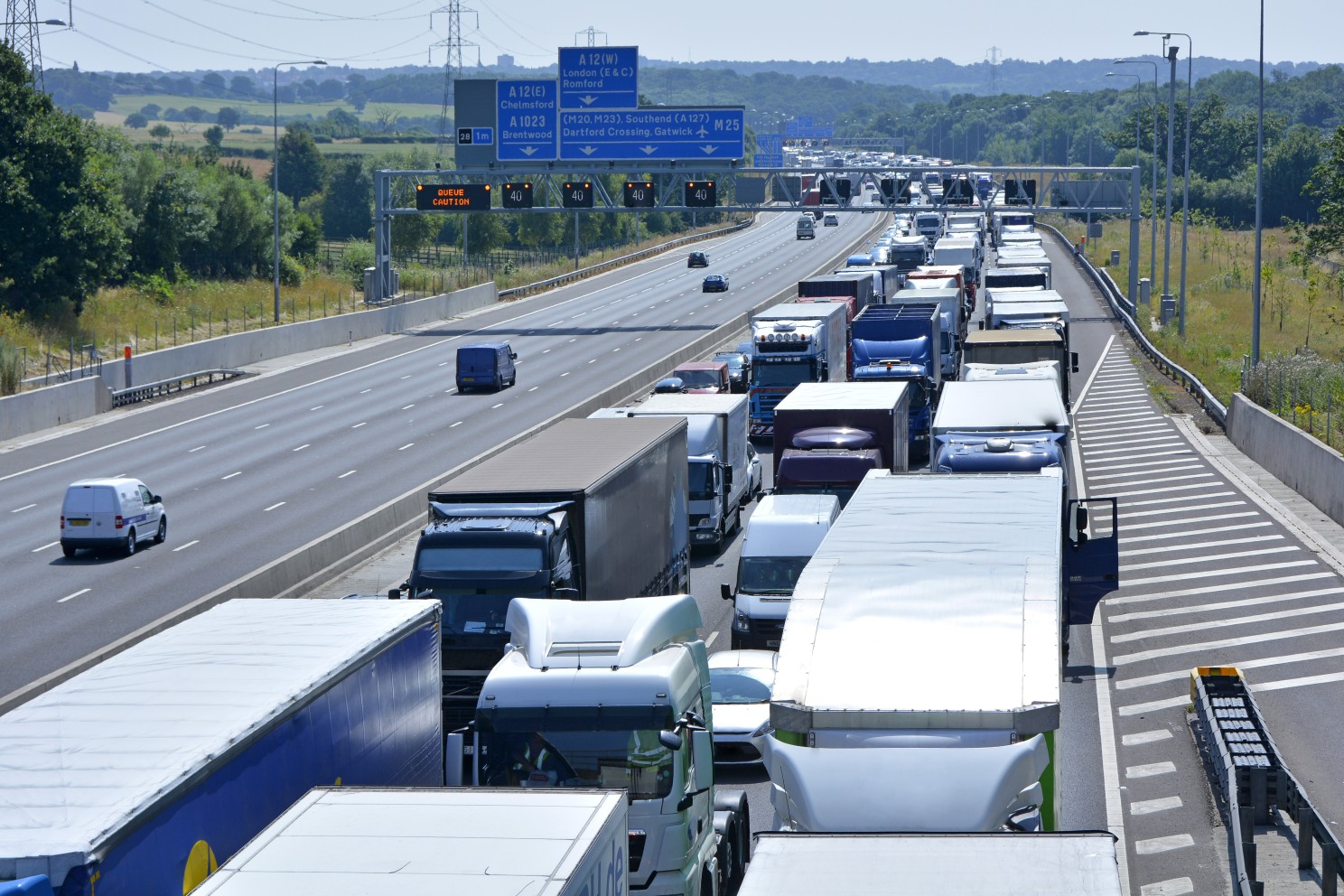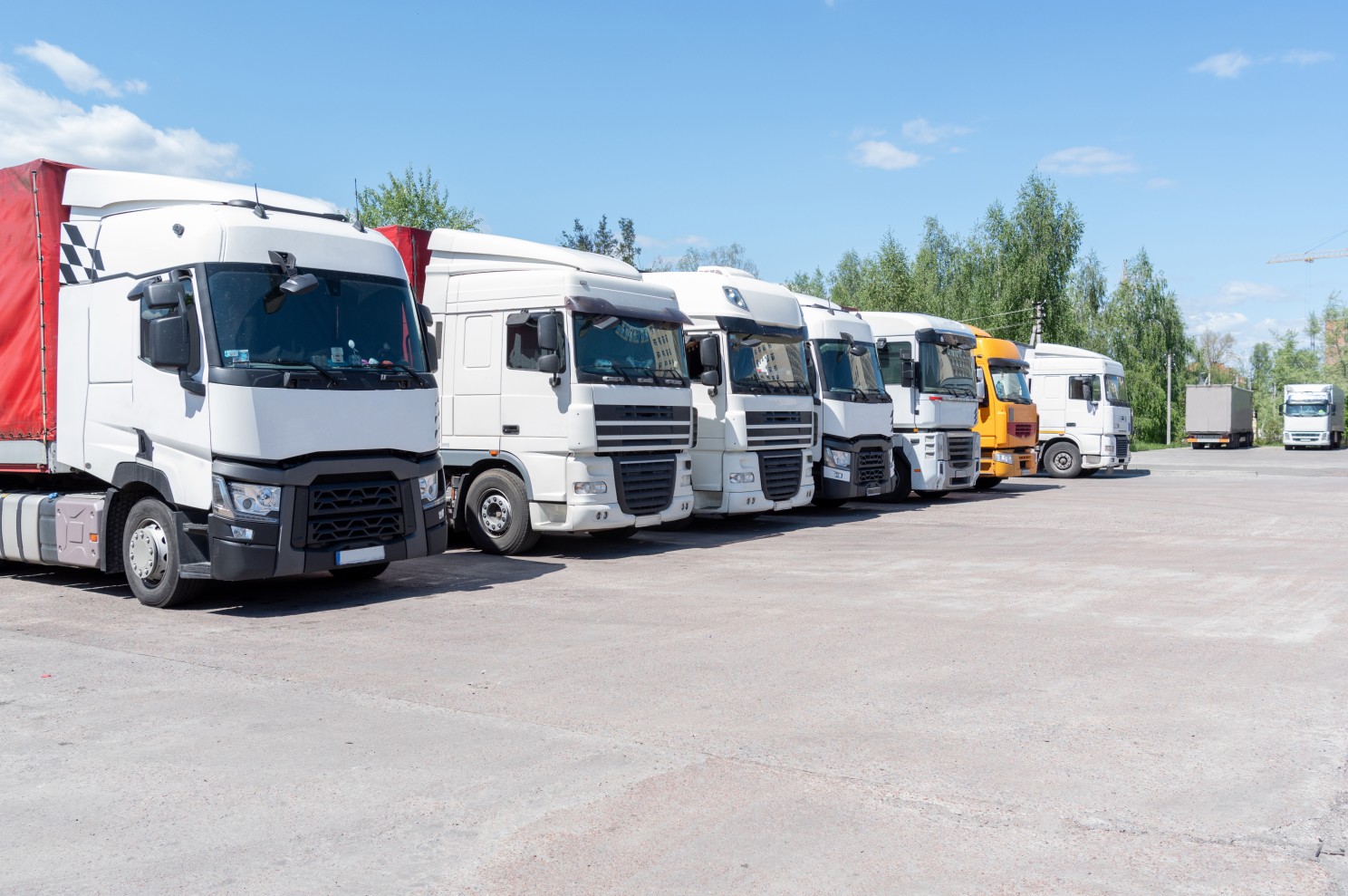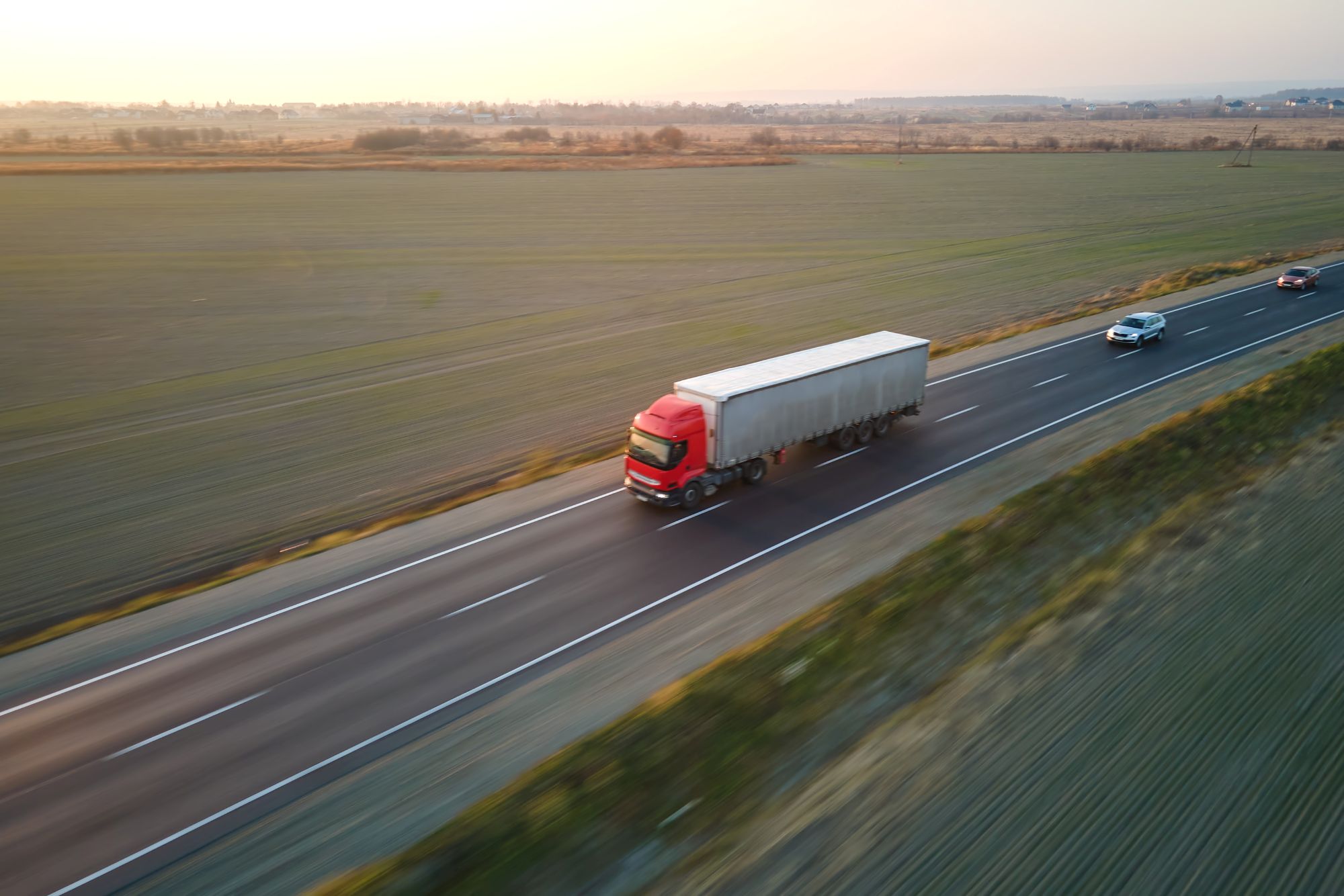
Susie Jones
Severno omrežje: Kako bo koristil voznikom tovornjakov?
Ustvarjeno: 12. 08. 2024
•
Posodobljeno: 12. 08. 2024
Vlada je v začetku oktobra napovedala, da namerava ukiniti projekt HS2 in sredstva preusmeriti v izboljšanje prometne infrastrukture v državi - projekt, znan pod imenom Network North. Projekt bo zagotovil 36 milijard funtov za izboljšanje glavnih cest, ki so postale jabolko spora za voznike. Napoved je mnoge presenetila, kaj pa to pomeni za voznike tovornjakov, ki neskončno časa vozijo po teh cestah?
Obstoječi programi za izboljšanje cest
Vlada bo povečala sredstva za večino obstoječih programov za glavno cestno omrežje in velike lokalne ceste. Ti programi se bodo financirali s 85 % na 100 %, da se zagotovi njihova izvedba. Seznam shem za izboljšanje cest je na voljo na gov.co.uk. Dodatna sredstva za te sheme bodo izboljšala učinkovitost cest po vsej državi.
Sheme strateškega cestnega omrežja
Cilj strateškega cestnega omrežja je zmanjšati zastoje in zagotoviti nemoteno potovanje za tiste, ki pogosto uporabljajo ceste. To je dobrodošel napredek za voznike tovornjakov, za katere je zastoj v prometu postal stalnica.

Sever
Vozlišče M6 Junction 15 - je eden najbolj obremenjenih odsekov ceste v Združenem kraljestvu, ki ga dnevno prevozi več kot 127.000 vozil, zato se že dolgo spopada z velikimi zastoji in nepredvidljivimi potovalnimi časi. Strogi ovinki na izvozni cesti so se izkazali za izziv za voznike tovornjakov, kar je povzročilo prevračanje in večje prometne zamude. Obljubljene spremembe naj bi zmanjšale zastoje in izboljšale varnost križišča.
Dva projekta v severozahodnem kvadrantu Manchestra - Po cesti M60 se dnevno vozi 180.00 potnikov in voznikov na dolge razdalje. Cilj projektov severozahodnega kvadranta je obvoznica J12-J18 in preureditev križišč 12, 13 in 14. Druge dopolnitve, kot so povezovalna cesta do avtoceste A57 in izboljšanje zmogljivosti križišč devet, deset, sedemnajst in osemnajst, bodo izboljšale zastoje in čas potovanja.
A1 med krajema Morpeth in Ellingham - na 12,8-kilometrskem odseku so se od predloga za gradnjo pojavljale zamude. Vendar je cilj projekta Network North, da se z razširitvijo tega odseka pospeši razvoj in izboljša čas potovanja, varnost in odpornost.
Midlands
A5 med Hinckleyjem in Tamworthom - Čeprav nadaljnje podrobnosti še niso objavljene, je bilo nakazano, da bo v njihovih načrtih pomembno mesto zavzemala razbremenitev zastojev.
Izboljšanje koridorja A50/A500 med mestoma Stoke in Derby - Ta pot se je s povprečno hitrostjo v času prometne konice pod 20 km/h izkazala za počasno in nezanesljivo za voznike tovornjakov in potnike na delo. Shema Network North bo verjetno:
Do leta 2061 ustvariti 17.760 novih delovnih mest
Do leta 2061 se bo število prebivalcev na območju povečalo za 21.538.
V naslednjih 60 letih se bo bruto dodana vrednost (BDV) povečala za 12,04 milijarde funtov.
jugovzhod
- A2 Brenley Corner - omrežje Network North obljublja, da bo vlagalo v to območje, kar je odlična novica za voznike tovornjakov, ki potujejo do Doverja, saj je znano kot najbolj obremenjeno križišče v Kentu. Nadaljnje podrobnosti o razvojnih načrtih še niso objavljene. Vendar pa se o načrtih za izboljšanje Brenley Corner razpravlja že od leta 2021.
Škotska
- Izboljšave A75 med Gretno in Stranraerjem - cesta A57 nujno potrebuje preplastitev, saj je trenutno hitrost voznikov tovornjakov omejena na 40 km/h, kar povzroča zastoje in dolge zamude. Ker gre za ključno trajektno povezavo med Severno Irsko in Veliko Britanijo, bo projekt zelo koristil voznikom tovornjakov, ki uporabljajo to povezavo.

Izboljšana cestna infrastruktura bo zmanjšala zastoje, vozniki tovornjakov pa bodo prihranili dragoceni čas in stroške goriva, kar bo prispevalo k hitrejši dostavi. Namen programa Network North je izboljšati življenje voznikov tovornjakov in drugih udeležencev v prometu z večjo varnostjo in učinkovitostjo.
Koliko ljudi prvič opravi izpit za težka tovorna vozila?
Glede na poročilo Statista je bila v obdobju 2007-2021 povprečna stopnja uspešno opravljenih praktičnih izpitov za težka tovorna vozila približno 50 %. Podatki gov.co.uk kažejo, da je v obdobju 2022-2023 v Združenem kraljestvu 75,9 % moških opravilo praktični izpit za LGV, v primerjavi s 75,9 % žensk, ki so ga opravile.
Ali je vožnja tovornjaka stresna?
Kot pri vsakem poklicu so nekateri vidiki stresni. Dolge ure stran od bližnjih lahko pri mnogih voznikih povzročijo osamljenost in izoliranost. Poleg tega je vožnja tovornjaka včasih zelo naporno delo - zaradi kratkih rokov za dostavo in vožnje v nepredvidljivih vremenskih razmerah.



